Guided Math

The purpose of this post is to share what I can about the design of the day in guided math! In this post, I will break down the components, stations, and lessons as well as give you a rotation system that can be modified to meet your personal classroom needs! This is the first of three guided math posts. Be sure to subscribe on the right if you are interested in having future blog posts emailed directly to your inbox!
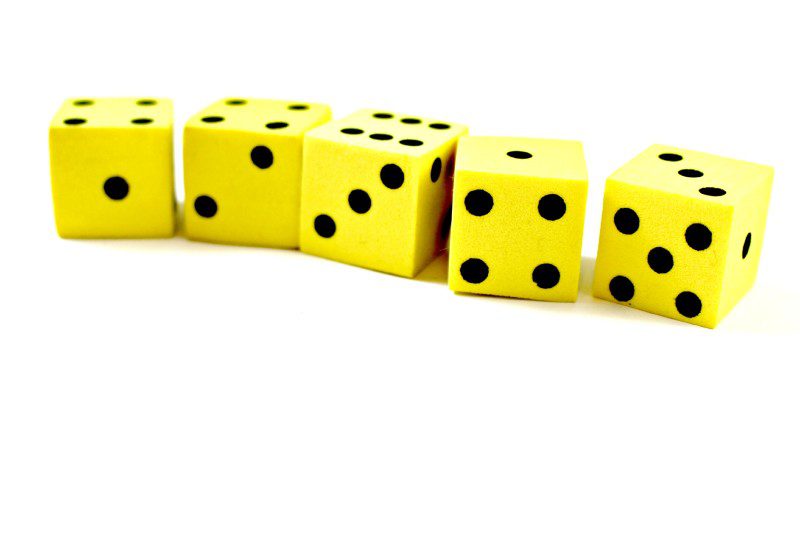
The Components of Guided Math
When it all shakes down, there are truly 4 distinct components of a guided math structure.
- Math Warm-Up
- Math Whole Group Mini-Lesson
- Math Small Group Lesson/ Independent stations
- Math Wrap-Up
Each component is important for different reasons. Together, they will help you create the most powerful math punch for your time!

As a teacher, I know that ease of use is what is going to play out as the days turn into weeks and the weeks turn into months. Having a resource that is ready to go from the rug to the small group table with all of the materials is what I need! I took my lesson plans from my years of teaching math and transformed them into ready to go, teacher friendly, whole group and small group lessons with the activities and printables all in one! (differentiated for your small groups too!)

Math Warm-Up
Whether you have 60 minutes or up to 90 minutes for math, the warm up is going to take up just a sliver of your time but it is well worth the investment! This is a time for you to spiral review your standards that you’ve taught, or that will need numerous repetitions for understanding. I like to think of it as baiting the hook for math learning! We want to review important math concepts daily disguised as fun warm-up games!
Here’s an example of a month of warm up games. For one month of school, (or length of the unit) I play these games on each day of the week. These are all open-ended, yet they will review important skills that my students need extra practice on to stay sharp! This method helps keep things fresh and fun!
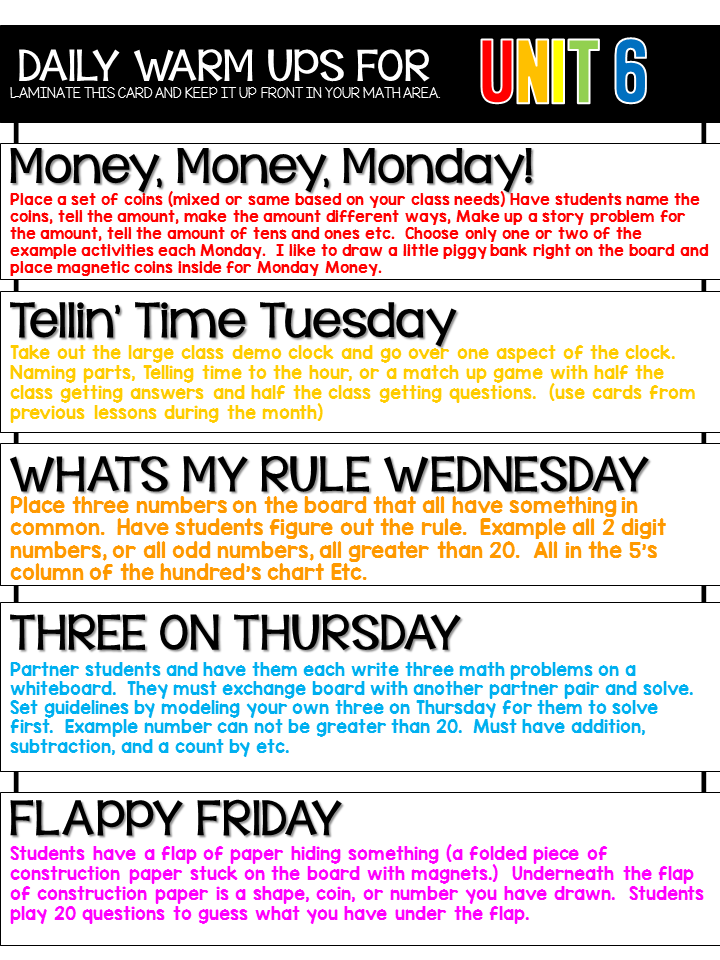
Warm-ups from Guided Math Unit 6
Math Whole Group Mini-Lesson
The whole group lesson is a time to meet with your class and get their feet wet with the priority standard/objective that you are focused on teaching. During this time I have two jobs. It is the part of the math day when I am doing a traditional teach but I am also prepping the students to take ownership of the concept and to share their mathematical thinking on the topic of study.
Whole-group mini-lessons lay the foundation for the Math Workshop. They invite your students to think about real-life math in meaningful ways. They excite, thrill, intrigue, and invite your students to wonder!
-Math Workshop in Action, Newton
You can break your mini-lessons into categories of math proficiency.
- Conceptual mini-lessons focus on big ideas and enduring understandings.
- Procedural mini-lessons focus on how to do the math (fluently)
- Strategic competence lessons teach students how to use various strategies
- Reasoning mini-lessons get students to think deeply about something, reason it out loud, and listen to others.



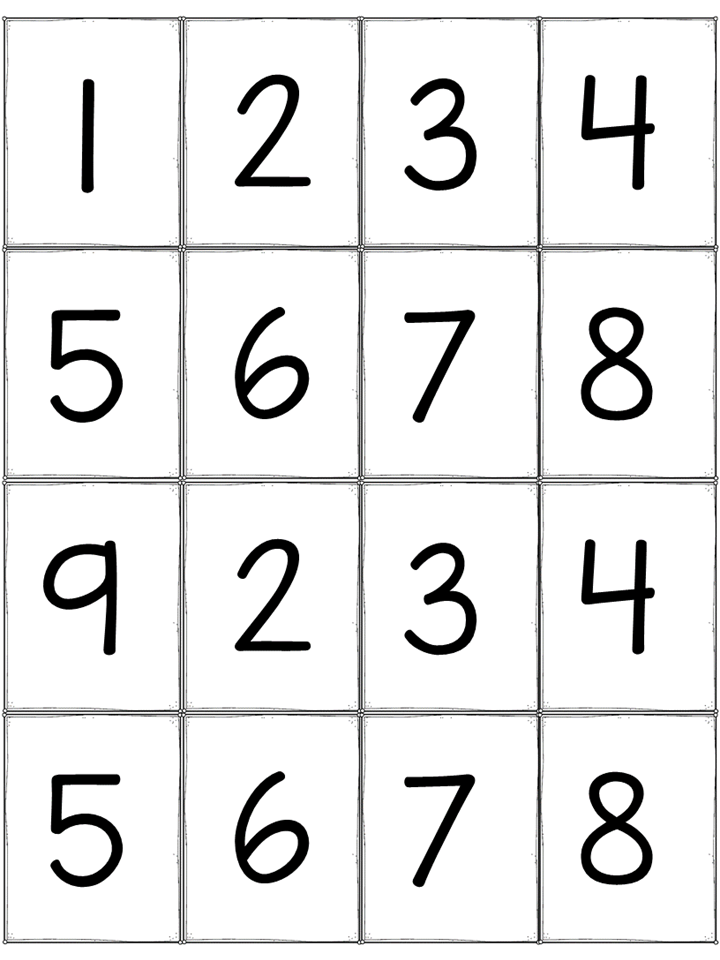
This next lesson example is a reasoning mini-lesson taken from unit 6 time and measurement. In this lesson, students will work through real life situations involving time in order to come up with a correct answer.


Guided Math Small Group
From the whole group time, we break out into our rotations for the day. This is when the teacher is able to pull guided math small groups. One group is working with the teacher, and the rest of the groups have specific independent activities. Let’s focus on what the teacher is doing in small group before we discuss what everyone else is doing at the independent stations.
The small group lesson flows naturally from the whole group lesson but is differentiated for your student’s needs. This is the flow of the lesson:
- Connect to learning standard (same as mini-lesson)
- Hands-on student activity (Student is always the active participant)
- Link old learning to new learning
- Closure
This is the small group version of the mini-lesson we looked at above. (on-level version) Students spin the spinner and build the numbers. They make ten and count on. This allows the teacher to watch the student in action. It provides the opportunity for the teacher to facilitate the student when they are unsure while still allowing the student to be the active learner. Students can use their math talk as they tell you how they were able to make ten and how they counted on.
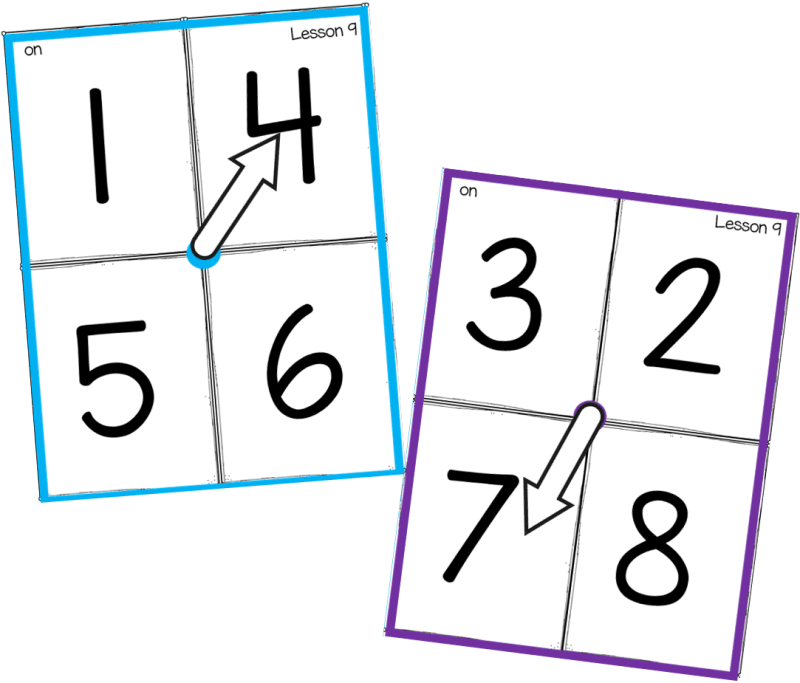

This is another small group lesson from the same unit.
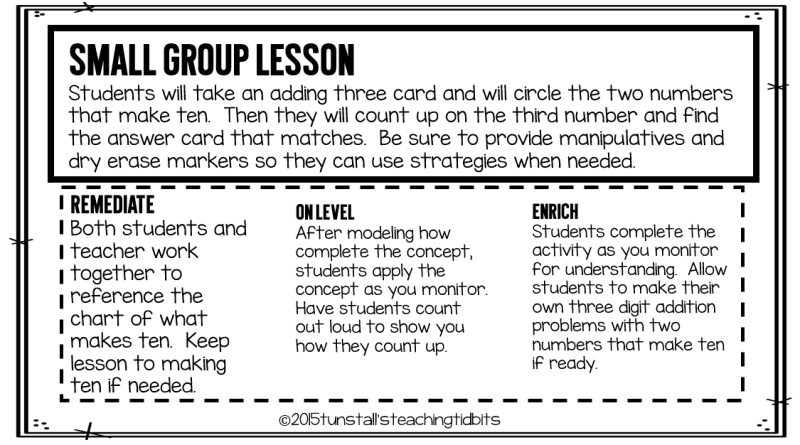
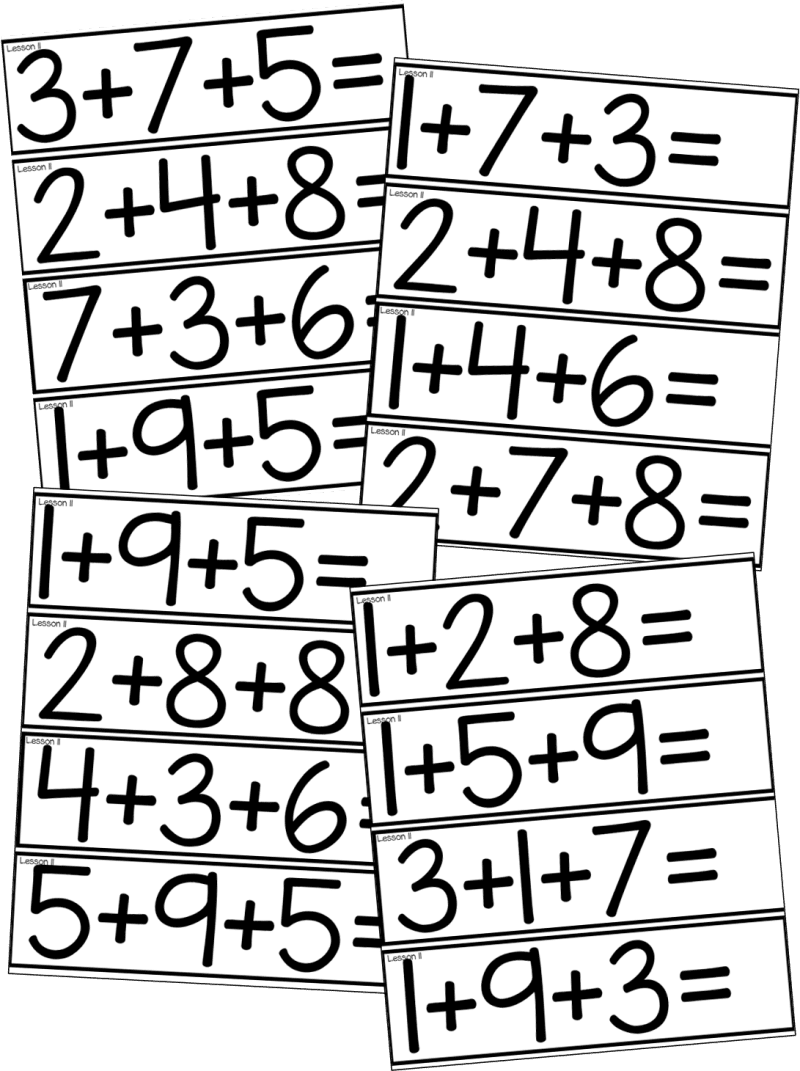
If you are interested in the guided math whole group and small group lesson plans you can find them here. The bundle of the entire year is on sale for this guided math blog series!

Continue Reading Blog Series Here
In my next post, I will discuss grouping and station choices.

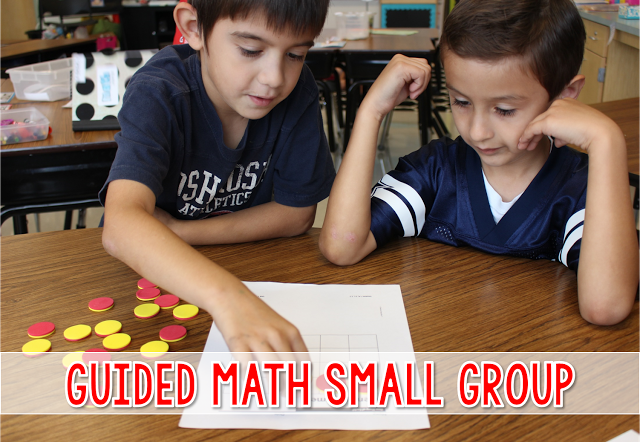
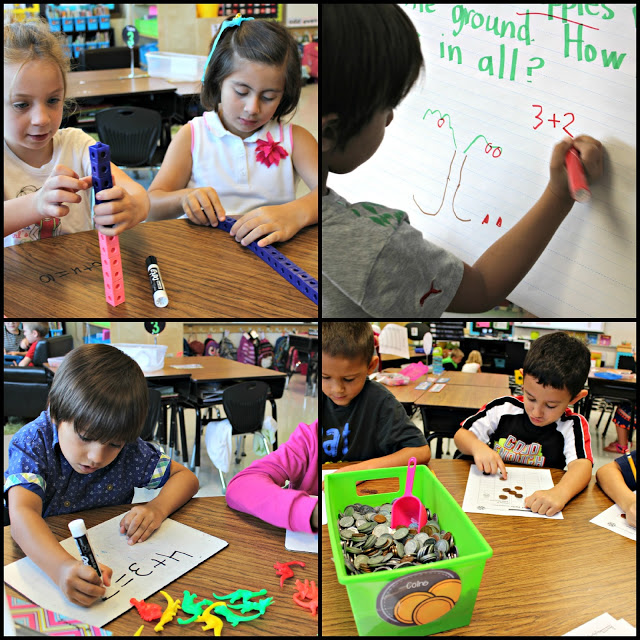
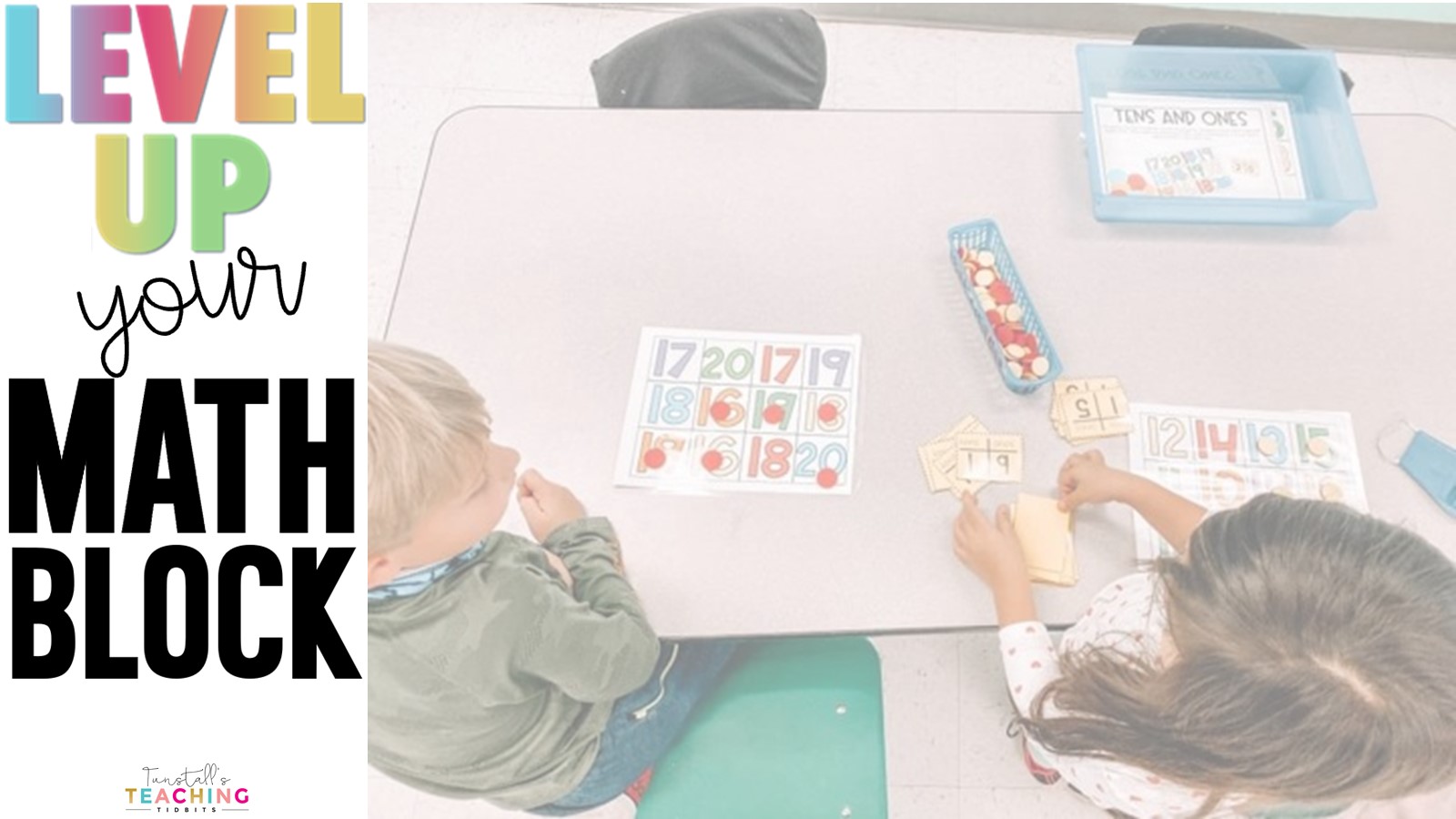
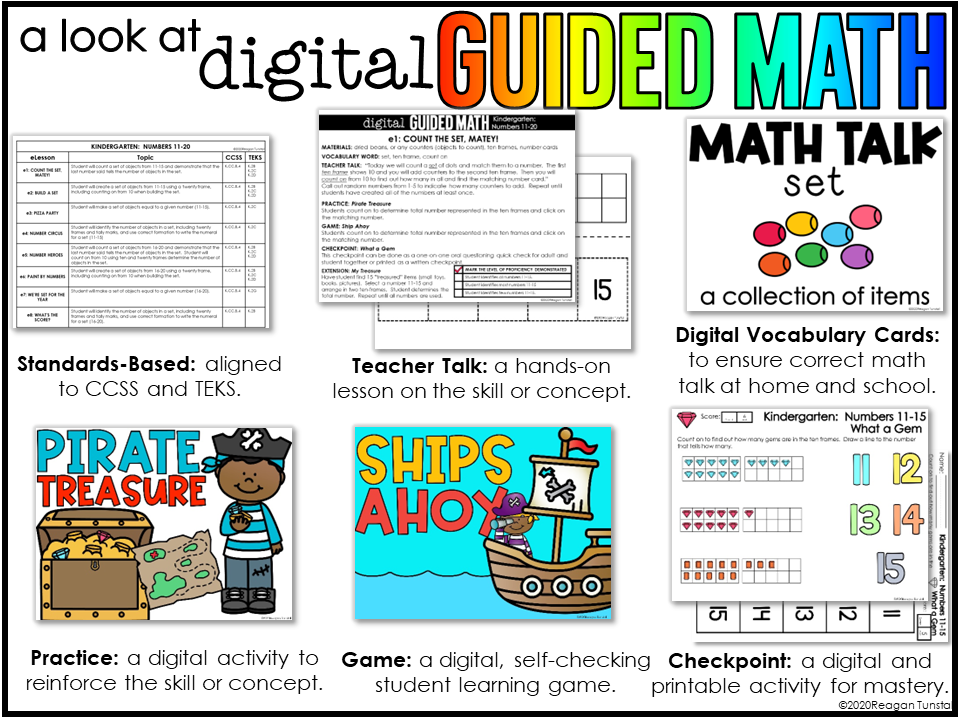
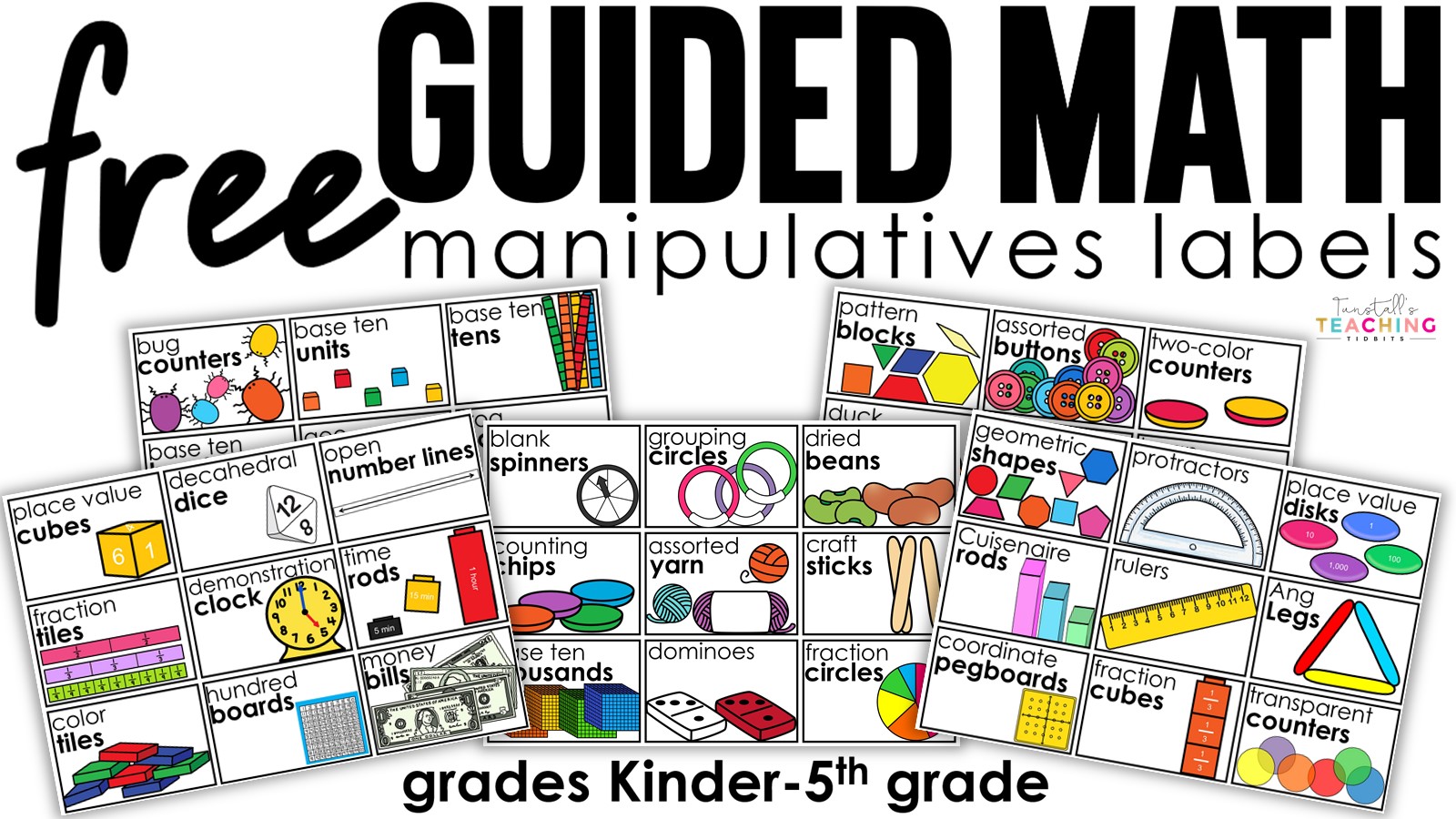
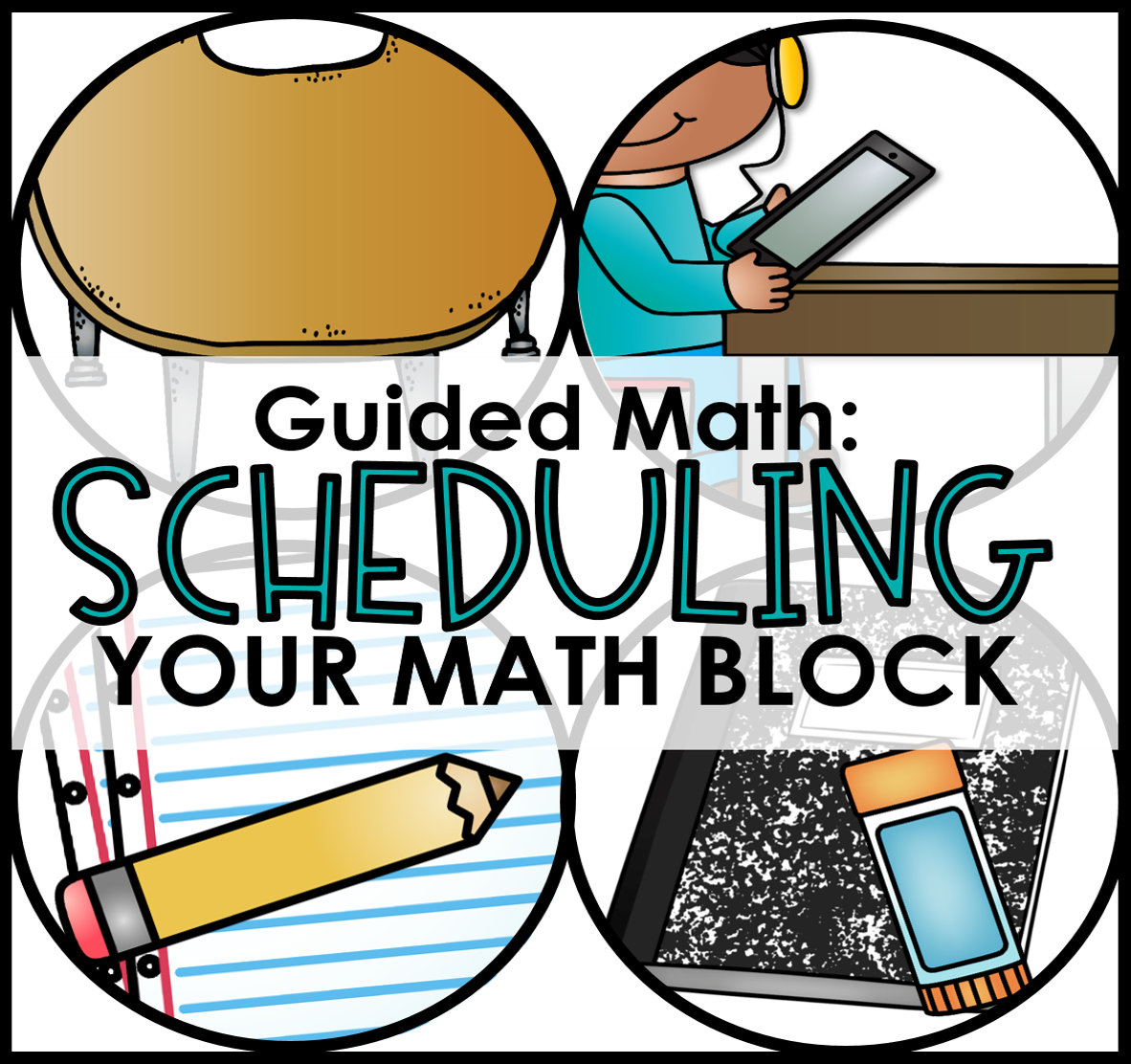
I have 23 delightful firsties! How many would you put in a group and how many groups! I just bought the lessons and guided math stations last week and they are being laminated now!
I would make 5 groups. Your lower level kids would be 4 to a group and the rest would be 5 to a group! Wonderful! I hope you enjoy the lessons!
Hi, I love this model for math and used it when I taught kindergarten. Do you know of a teacher that has a resource like this at the third grade level? I am having a difficult time moving from K to 3rd this year. Thanks!
Did you ever get a response about 3rd grade? I would love this for my 3rd graders.
I am not planning to make a third grade version. 🙂 Thank you for your interest.
I REALLY want a 2nd grade version of this!! 😉
I started it! It will be coming out soon!
Me too! This is a fantastic resource!
Absolutely love how you said the whole group lesson should prep the students to take ownership of the concept. This is exactly the thing I need to keep in mind when creating my mini-lessons!
Do the students rotate through each of the stations, or just one per day? I so want to implement this for math, but I am afraid I will not have enough time…
You can one or more rotations per day. There is not a perfect way to do it. I had 90 minutes, so we did all 5 in a day. Many people that have less time, do one to three rotations per day. It can be made to fit any schedule. 🙂
I would LOVE LOVE LOVE a second grade version!! You are seriously amazing!!
Your wish is my command. I am hoping to upload unit 1 for second grade today. 🙂
Can you break down the minutes for me?
Typically how long does a mini-lesson take, but also how long are you allotting for stations and for each stations. Are the students getting to each station everyday? How does that work? I have minutes for my block and I’d really like to have them get through it all.
Sure! We have from 75 to 90 minutes. Typically it is a 5 minute warm up, 20 minute whole group mini-lesson, then 5 rotations. Each rotation is 10 minutes. At then end a quick 5 minute closing or reflection time.
Does this take the place of my math curriculum or enhance it?
It can do both!
I would love a kindergarten version of this!!!!
I am planning to start Kinder in June.
Looks like a great resource, will you be creating a 4th grade unit at any point?
I don’t plan to make 4th grade. Thank you!
I’m also interested in 2nd grade!
Second grade is posted and in my store. 🙂 https://www.teacherspayteachers.com/Product/Guided-Math-Bundle-First-Grade-1940110
This is great! I am a third grade teacher and I understand you are not making a unit for my grade level. However, can you send me the template. I want to try to make one for our curriculum in Maryland. I just like the layout of yours. I tried to recreate it but I’m having trouble formatting. Are you willing to share the blank template that I can edit and add in our curriculum content?
I do have third grade now. 🙂 It’s on tpt.
I am really interested in starting a math rotation system like you have created with STACK. I have read through your blog posts. My question is, when do you model for students how to do each of the weekly math tubs/journal entries? It seems like it would take the entire Monday minilesson. Thank you for your time!!
We are trying to make our Guided Math time as effective as possible. What we are currently doing doesnt seem to work that well. With your STACK stations, how long do you see groups, and how many per day do you meet with? Do the other students start at the T or do you assign them a place to start?
For your TACK rotations are students given a different assignment each day to complete? Also is it independently paced or do they move with a timer? Thank you
My district is launching guided math in the upper elementary. During math centers (aka rotations or stations in the upper elementary), what are the students doing? Games? Independent work? What does it look like? And, how do differentiate within these groups? Thank you!